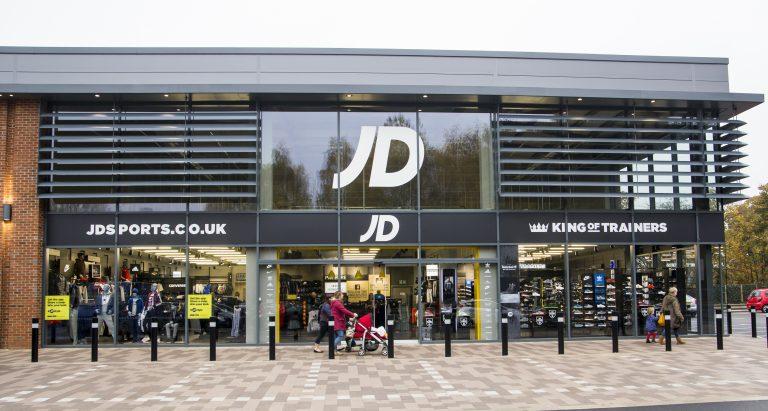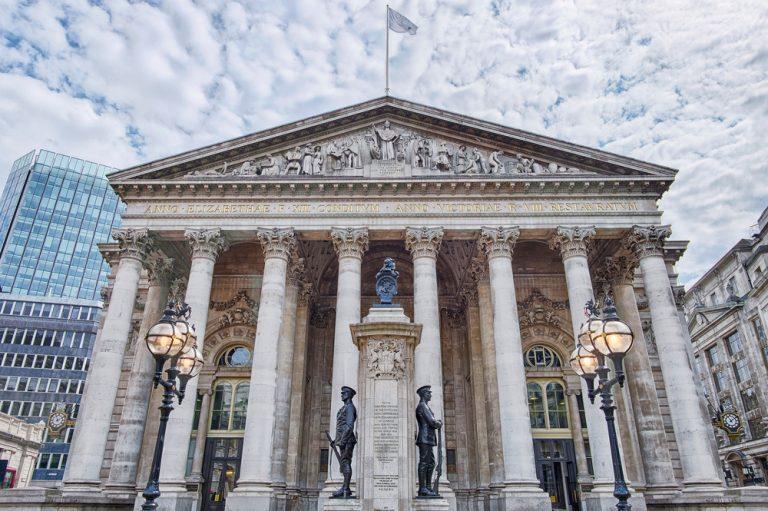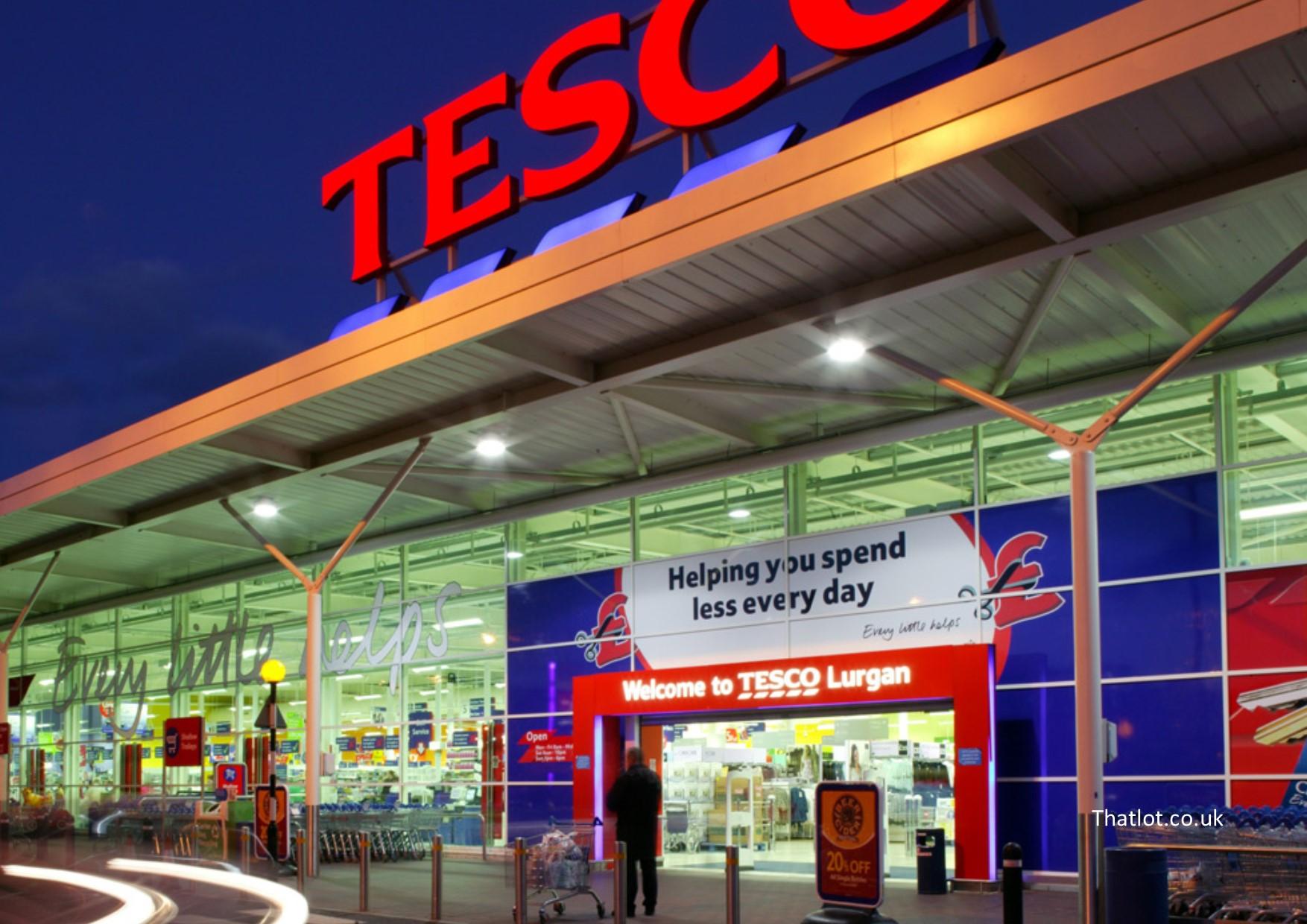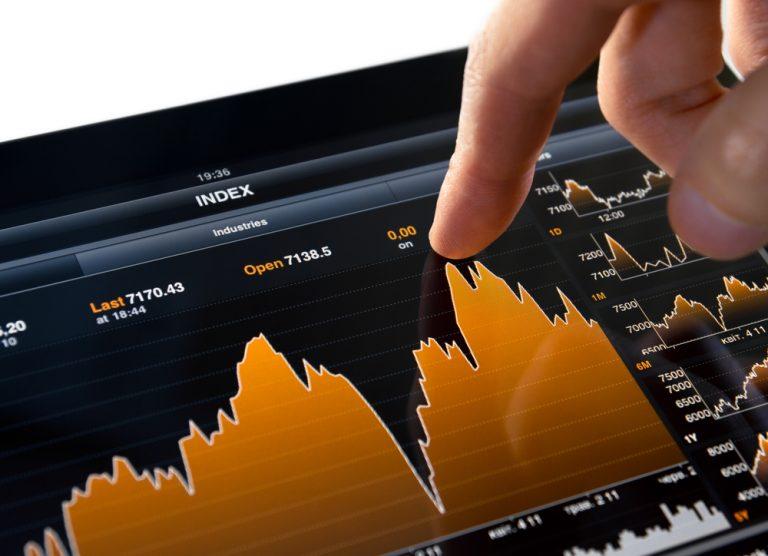Key Topics:
Trends that are due to attract attention and capital in the upcoming year
How to spot a quality company worth investing
Possible Opportunities
Request your free copy now:
DISCLAIMER:
This email has been sent to you on the basis that you are reasonably believed to be such a person as is described in Article 19 (Investment professionals), Article 48 (Certified high net worth individuals), Article 49 (High net worth companies, unincorporated associations etc.), Article 50 (Sophisticated investors), Article 50A (Self-certified sophisticated investors) and Article 51 (Associations of high net worth or sophisticated investors) of the Financial Services and Markets Act 2000 (Financial Promotion) Order 2005, or you are a person to whom this email may otherwise lawfully be sent. If you do not fall within such descriptions, then you should not act upon the information contained in this email.
Important
This guide is for information purposes only and Trading and Investment News shall not be held responsible for any errors, omissions or inaccuracies within it. Any rules or regulations mentioned within the website are those relevant at the time of publication and may not be the most up-to-date. Investment Superstore does not endorse any of the products or services that appear on it or are linked to it and are not liable for any action that you may take as a result of the content of this guide, or losses or damage you may incur doing so. There is no obligation to purchase anything but, if you decide to do so, you are strongly advised to consult a professional adviser before making any investment decisions. Not all companies or products mentioned in this guide are necessarily regulated by the Financial Ombudsman Service and, as such, you may not have access to statutory or regulatory protections such as the Financial Ombudsman Service and the Financial Services Compensation Scheme.
Please remember that financial investments may rise or fall and past performance does not guarantee future performance in respect of income or capital growth; you may not get back the amount you invested.
By submitting your details, you are agreeing with our privacy policy. In addition to this and to facilitate the delivery of your book/guide or report, your details will be passed to the sponsor of this free offer. By requesting a book and agreeing to our privacy policy, you are agreeing to be contacted by the book sponsor. The book is intended for educational and informational purposes only. It should not be construed as giving investment advice and you should not rely on any content within this book in making or refraining from making any investment decisions.










